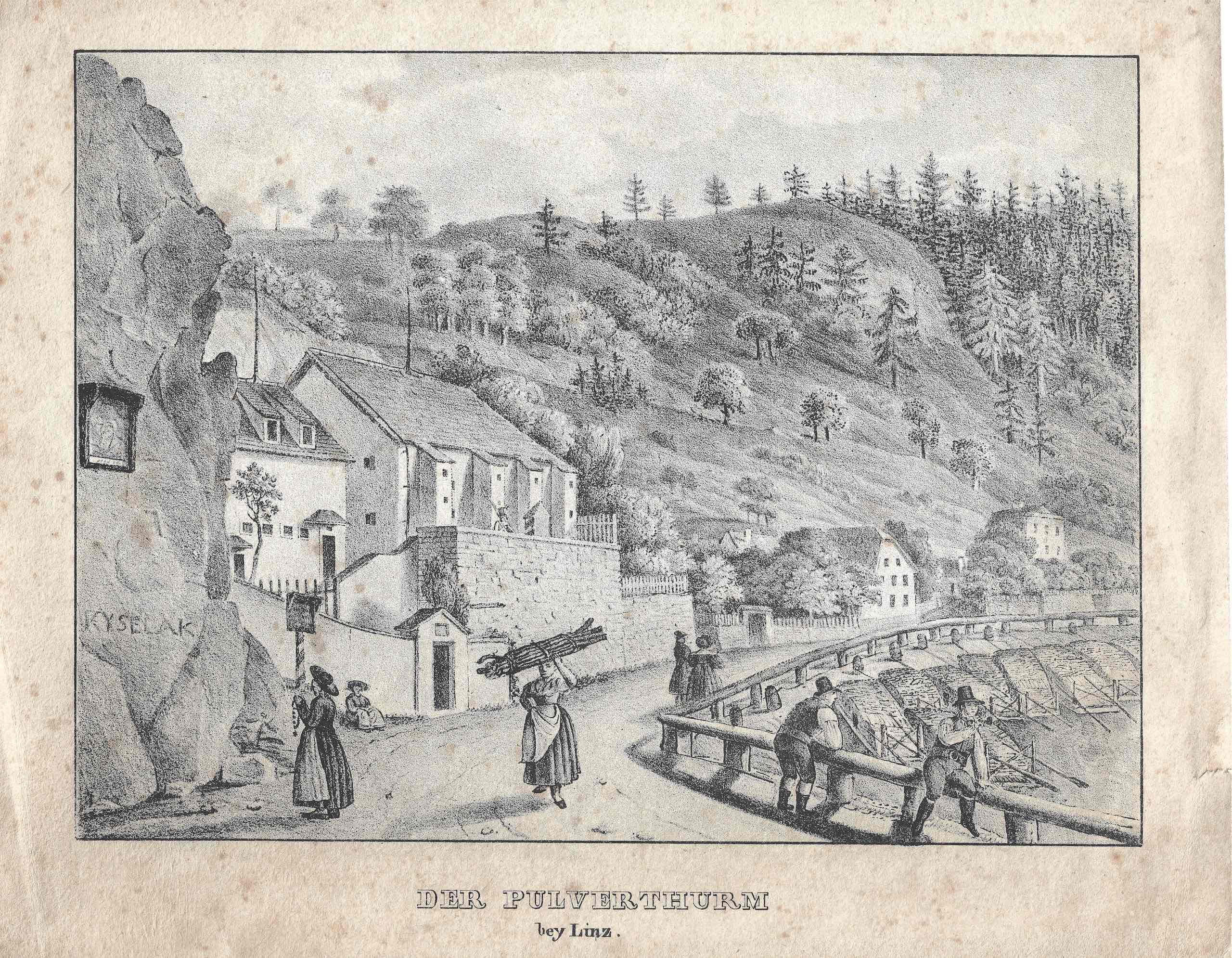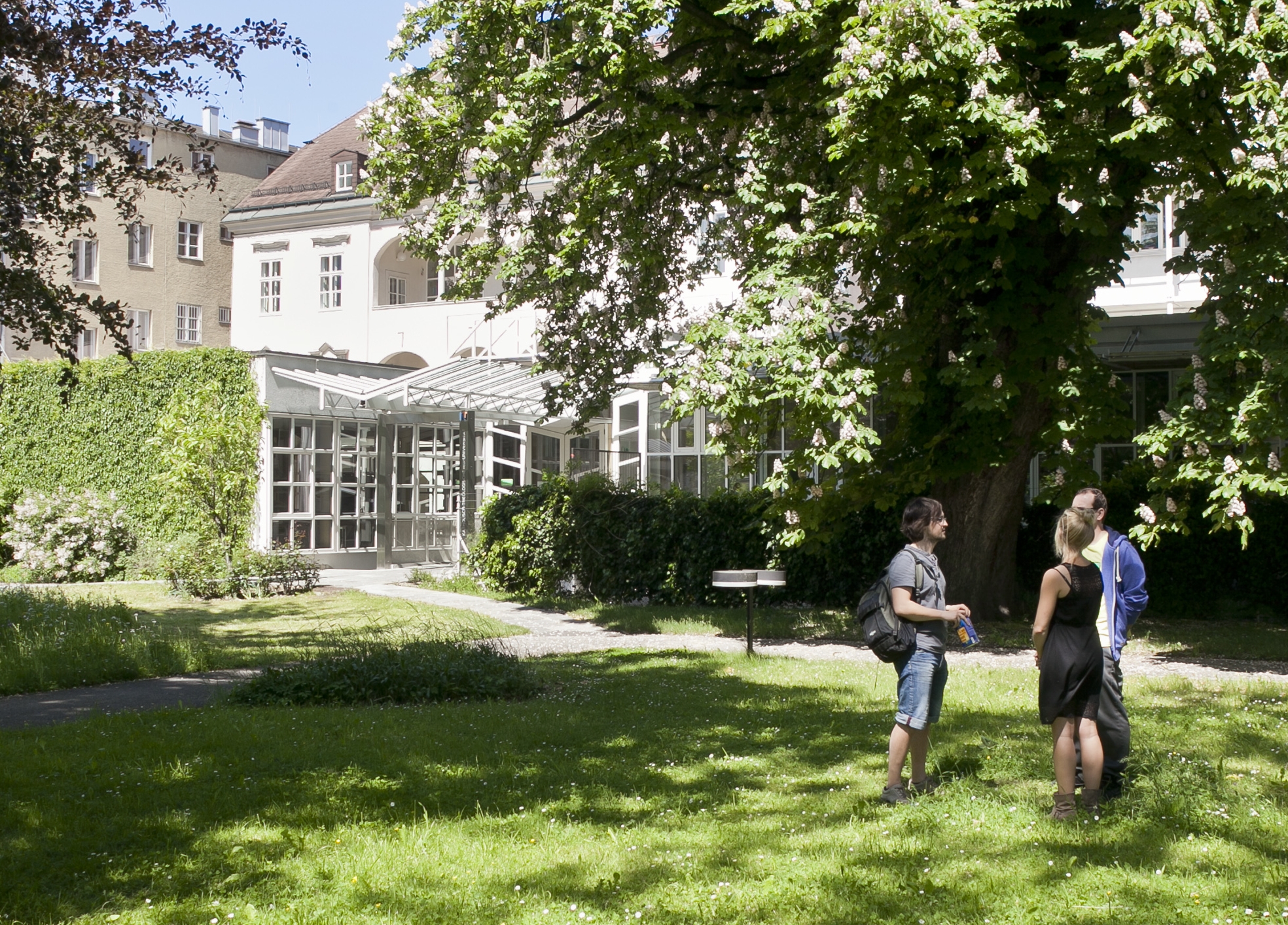THE TAG CONFERENCE | BERLIN 2017 | AMSTERDAM 2018 | COLOGNE 2019 | MODENA 2020 | BROOKLYN 2023 | HAMBURG 2023 | LINZ 2024 | EDITION | ABOUT | CONTACT

TAG:
NAME WRITING
IN PUBLIC SPACE
A CONFERENCE ABOUT TAGGING,
IN HISTORY AND TODAY
CATHOLIC PRIVATE UNIVERSITY LINZ
LINZ, AUSTRIA
MAY 16 & 17, 2024
TAG:
NAME WRITING
IN PUBLIC SPACE
A CONFERENCE ABOUT TAGGING, IN HISTORY AND TODAY
CATHOLIC PRIVATE UNIVERSITY LINZ
LINZ, AUSTRIA
MAY 16 & 17, 2024
The Tag Conference keeps fuelling the field of graffiti studies in a new gathering of scholars and researchers coming from America, Australia and across Europe to discuss the mysteries of tagging of all eras.
This instalment of our world-leading event is hosted by the Institute for Contemporary Arts and Media at the Catholic Private University of Linz, Austria, located in the old city close to the Danube.
After seven years of work and two outstanding events last year in New York and Hamburg, the Tag Conference Linz 2024 offers a new and exciting opportunity to push forward the study of graffiti in its own terms.
VENUE AND TIMES
Katholische Privat-Universität Linz
Bethlehemstraße 20
Google Maps
Thursday 16: 10am—6pm
Friday 17: 10am—7pm
Access to the conference is free.


OUR POSTER BOY RETURNS
Exactly 199 years ago Joseph Kyselak passed through Linz. That famous trip took him across many European provinces and was recounted in the book he published four years later. Our poster for this conference shows a detail from the landscape of Linz as portrayed in a lithograph dated around 1840.
In celebration of this 199th year anniversary we are honoured to bring back the Austrian tagging legend and poster boy from the Tag Conference’s 2017 founding instalment at the Freie Universität in Berlin.
JUMP TO MUNICH FOR THE UNLOCK BOOK FAIR
The Unlock Book Fair is a unique international meeting for graffiti book lovers. It was founded in 2016 as the Tag Conference’s team flagship event.
A new Unlock Book Fair will take place in Munich, under three hours away from Linz, on the weekend right after the conference. Staying in Linz for the Friday night allows for an easy jump to Munich next morning without missing a bit of the action at Unlock.
Don’t miss the chance to access the cutting edge of independent graffiti publishing from across the world at Unlock’s trademark feast of graffiti books and zines. The event features a groundbreaking program of events about graffiti including talks, screenings and book launches.


PROGRAM
The program for this new Tag Conference covers again a wide range of approaches to name-writing, from the Renaissance-era marks of Antonio Bosio to the latest developments in graffiti letterforms in China.
Speakers will look into forgotten chapters of European tagging lore from the 1980s, explore the carved names from Romantic-era tourists on exotic monuments, and share different takes on tag-inspired contemporary art practice.
A special focus is laid on Austria, from the pioneering tags of Kyselak to the local evolution of contemporary graffiti.
THURSDAY 16
Opening
10am
Ilaria Hoppe (AT) & Javier Abarca (ES)
Panel: Contemporary graffiti
10:15am
Stefan Wogrin (AT)
«The history of tagging and name-writing in Vienna»
11am
Tobias Barenthin (SE)
«Toy Co. and the magic loop, Stockholm styles before Bando»
11:45am
Pablo Summer (AT)
«Snapshots from the history of graffiti in Steyr, Linz and Upper Austria»
12:15am
Marta R. Bisceglia and Adriana Iezzi (IT)
«Chinese characters and calligraphy in contemporary Chinese graffiti»
Lunch break
1—2pm
Panel: Art from tagging
2pm
Rich Keville (AU)
«X as a semiotic device: tracing calligraphic painting interventions on trains and walls in Italy»
2:30pm
Benjamin Rubloff (US)
«Ciphers: traces in the city»
3:15pm
Tofa (AT)
«Concrete tagging»
Coffee break
4—4:30pm
Closing talks
4:30pm
Orestis Pangalos (GR)
«Applied tag imagery: the signifiers of graffiti iconography in marketing, advertisements, package labeling and other cases»
5:15pm
Javier Abarca (ES)
«Unearthing the lost legacy of Muelle and the ‘flecheros’ from 1980s Madrid»
FRIDAY 17
Panel: History
10am
Egidio Emiliano Bianco (IT)
«Antonio Bosio and the curious case of a 1500s ‘heaven spot’ in the Catacombs of Rome»
10:45am
Julian Windisch (DE)
«“I was here!—No, I made it!” Uncovering 500 years of school graffiti at the Maulbronn Monastery»
11:30am
Hania El Houry (DE)
«Traveller inscriptions along the Nile in the 19th and early 20th centuries»
12:15pm
Gabriele Goffriller (AT)
«“…a club of Kyselak fanatics who trade maps of where they’ve found his work”»
Lunch break
1—2pm
Closing talk
2pm
Edward Birzin (US)
«Caine–I, free for eternity»
City walk
4—7pm
Sabine Sinzinger (AT)
Public restroom tour of Linz


WHY A ‘TAG CONFERENCE’?
Graffiti is new, but it is timeless as well. Leaving one’s mark for other people to read is a fundamental human impulse, and has been more historically common than most suspect.
Yet the idea of graffiti has shifted radically in the past half century. Written names are now prominent everywhere, and graffiti has become a difficult term to make sense of.
Making sense of graffiti and tagging
The 20th century saw the birth of several graffiti traditions that went beyond the generally inconspicuous markings of previous centuries. One of those cultures originated in New York City and grew to become an international phenomenon.
This form of name-writing is by now an expected sight in most cities, to the point of becoming synonymous with the term ‘graffiti’ in most conversations. But, as scholars of history know, graffiti is a whole field of study that encompasses many other fascinating subjects.
WHY A ‘TAG CONFEREN-
CE’?
Graffiti is new, but it is timeless as well. Leaving one’s mark for other people to read is a fundamental human impulse, and has been more historically common than most suspect.
Yet the idea of graffiti has shifted radically in the past half century. Written names are now prominent everywhere, and graffiti has become a difficult term to make sense of.
Making sense of graffiti and tagging
The 20th century saw the birth of several graffiti traditions that went beyond the generally inconspicuous markings of previous centuries. One of those cultures originated in New York City and grew to become an international phenomenon.
This form of name-writing is by now an expected sight in most cities, to the point of becoming synonymous with the term ‘graffiti’ in most conversations. But, as scholars of history know, graffiti is a whole field of study that encompasses many other fascinating subjects.
Bringing together different research spheres
For a long time, most scholars of historical graffiti found no interest in contemporary name-writing, or could not afford to lose credibility by looking at it. Similarly, enthusiasts of contemporary graffiti have typically skipped the old graffiti books on library shelves. They simply thought it had nothing to do with them.
The Tag Conference was launched in 2017 as the place for a serious study of tagging. It was founded by insiders of contemporary graffiti, but the call was open to scholars of history as well. At that point it was clear we are all talking about the same thing, and a space had to be created for that conversation. Focusing on the written names created the perfect overlap between both research spheres.
More reasons to focus on tags
Featuring contemporary tags as a central topic is also an explicit stance for the Tag Conference.
Tags are still the maligned part of today’s graffiti, the one even appreciative observers prefer to omit. But those same tags are the foundation of the whole culture of graffiti — as well as its most fascinating part, as we hope the conference is helping to show.


Useful information from Linz Tourismus
Travelling to Linz
Leisure in Linz
‘Visit Linz’ free app
‘Linz Card’, one ticket for the entire city
Image credits
Unknown artist
«Linz an der Donau. Der Pulverthurm bey Linz.»
C. 1840, lithograph, 17 × 23 cm
Courtesy of Ilaria Hoppe
Soot signature by Antonio Bosio in the Catacombs of Rome
Courtesy of Egidio Emiliano Bianco
Franz Laudacher
«Der Pulverthurm bey Linz»
1837, watercolor, 18 × 24 cm
Photograph by Reinhard Haider
Courtesy of Nordico Stadtmuseum Linz
THE TAG CONFERENCE LINZ 2024
Director & co-founder
Javier Abarca (ES)
Host & co-founder
Dumar NovYork (US)
Scientific committee
PhD Orestis Pangalos (GR)
PhD Edward Birzin (US)
PhD Javier Abarca (ES)
Chair
Susan Hansen (UK)
Production
Ilaria Hoppe (AT)
Funded by
Katolische Privat-Universität Linz, Linz Tourismus, ÖFG Österreichische Forschungsgemeinschaft, Bischöflichen Fonds zur Förderung der KU Linz, Linz Kultur
The Tag Conference is part of Unlock’s ongoing international culture program of graffiti-related events
THE TAG CONFERENCE LINZ 2024
Director & co-founder
Javier Abarca (ES)
Host & co-founder
Dumar NovYork (US)
Scientific committee
PhD Orestis Pangalos (GR)
PhD Edward Birzin (US)
PhD Javier Abarca (ES)
Chair
Susan Hansen (UK)
Production
Ilaria Hoppe (AT)
Funded by
Katolische Privat-Universität Linz
Linz Tourismus
ÖFG Österreichische Forschungsgemeinschaft
Bischöflichen Fonds zur Förderung der KU Linz
Linz Kultur
The Tag Conference is part of Unlock’s ongoing international culture program of graffiti-related events

Presented by

With support from


Presented by

With support from

